Goodbye to Viewforth High, Kirkcaldy, after 108 years
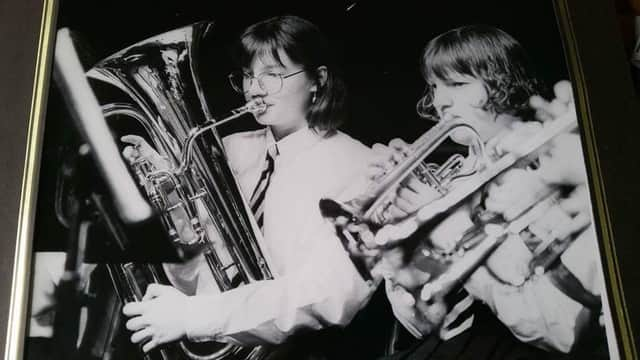

The aim was “education for life” and skills concentrated on preparing for the Kirkcaldy workforce or as a homemaker, with English, cookery and typing on the curriculum and evening classes available in drawing, maths and practical science.
During the First World War as male staff enlisted, female teachers replaced them, but the timetable had to be rearranged because of the reduction in staff. In August 1915 the Scottish Education Department noted that despite the upheaval “the excellent standard of work” had been maintained.
Advertisement
Hide AdAdvertisement
Hide AdThere were numerous skin diseases and colds among pupils, a reflection of the poor living conditions, and attendance dropped throughout the war years, with 49 pupils reported for absenteeism in February 1918.
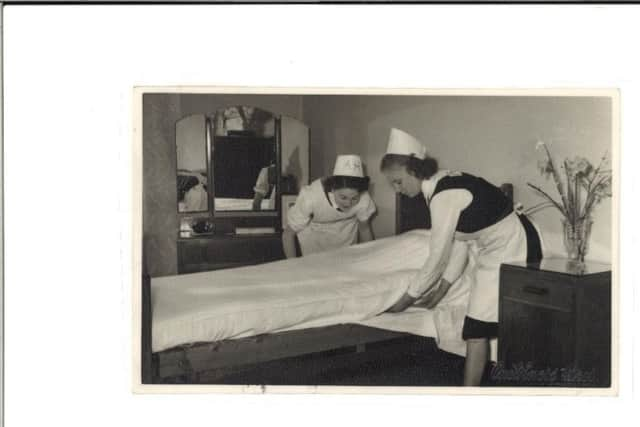

The same year there was a major flu outbreak around the country and in October the school was closed for a ahort time by order of the medical health office.
Throught the 1920s the school continued to expand, and, in December 1925, a new extension was opened, with the school now called Viewforth Higher Grade School.
The new blocks provided upgraded facilities for practical subjects such as technical and domestic science, but the small gym/assembly hall was still causing difficulties.
Advertisement
Hide AdAdvertisement
Hide AdThe first school sports were held at Stark’s Park in June 1926 - by 1934 they had moved to Ravenscraig Park.
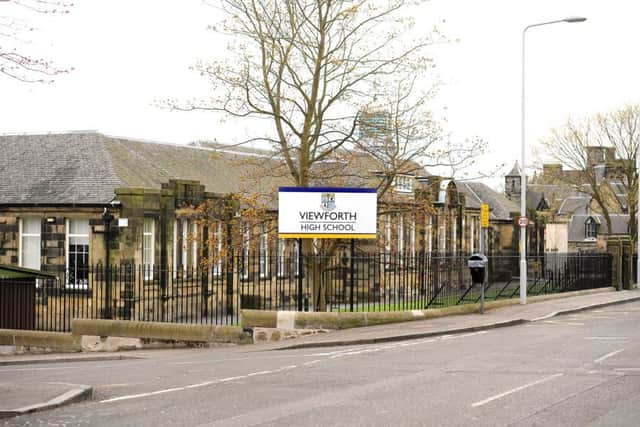

The 1930s saw Viewforth serving a growing community and entering a more settled period, gaining a reputation for excellence in music and drama.
The General Exam Paper in 1933 lasted two hours and examined pupils in English, History and Geography. The roll continued to grow with 820 pupils in April 1933, and an inspection report noted “the work reaches a very high standard of merit” and “the organisation and general spirit of the school are such as to place this centre in the front rank.”
But accommodation continued to be a problem, with an overcrowded technical department and poor library and gym facilities, although it had one of the best gardens in the country with a mini orchard for instruction in pruning and planting.
Advertisement
Hide AdAdvertisement
Hide AdIn January 1938 a huge fire decimated the extension building, with seven classrooms, the commercial department and the home economics areas all destroyed.
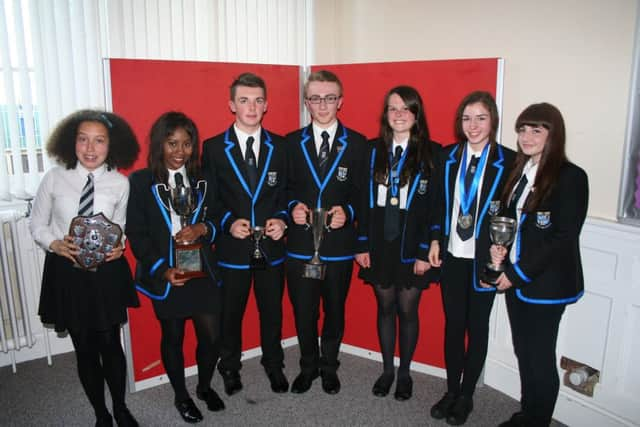

Throughout WW2 the school roll remained above 600, and bomb shelter accommodation was arranged as air raids were a real threat. In February 1940 the school hosted wartime cookery classes, while retired teachers filled the gap left by those away fighting.
As war ended, food and fuel shortages were common, and in 1947 the country experienced one of the harshest winters, with headmaster Mr Mackay reporting that ten staff were unable to get to work in March!
By the end of the 40s the school was entering a new phase with broadcasting on the rise. A newspaper article highlighted the progressive nature of the school boys working in “the finest machine rooms in the county.”
Advertisement
Hide AdAdvertisement
Hide AdIn 1955 permission was given to build more classrooms, a gym and new assembly hall. The Windmill playing fields – the site of the new campus – also opened.
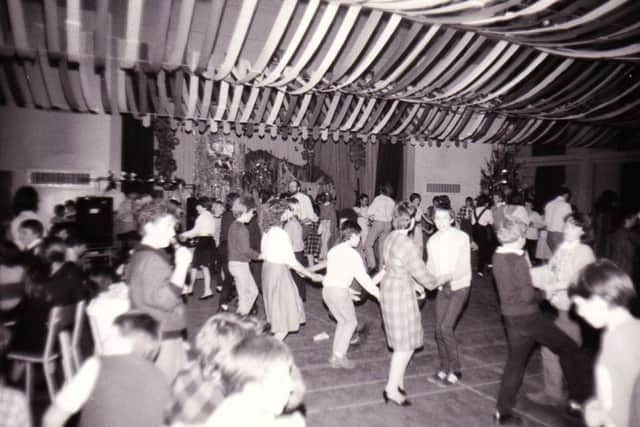

In 1964 new courses were introduced in retail and catering, followed by nursing and mining, with backing from local employers. The school roll began to fall and by 1968 was below 500.
During the 1970s ‘O Grades’ were offered in all subjects, with either French or German, and with the rise of the school leaving age, lack of space again became a problem.
At the end of the 70s discussions were held on upgrading the school, with the 1979-80 roll standing at 865. Teachers strikes and fuel shortages caused problems and January 1979 saw the school close for several weeks due to lack of oil.
Advertisement
Hide AdAdvertisement
Hide AdDuring the 1980s, 13 huts and a new dining hall were added, and support was provided by Moray House in Edinburgh for changes to the new S1-S6 system. On July 4, 1980 the final prizegiving for Viewforth Junior High was held and the school reopened in August as Viewforth High School. At the prizegiving rector Mr Henderson assured pupils and parents of the high standard of the new accommodation meaning that pupils no longer had to leave Viewforth at the end of S2 to move to Kirkcaldy High School to sit Highers.
Douglas Jolly became rector in 1981, and foreign trips became part of the curriculum. By 1985 the school sports moved to a new blaes pitch and a new dining room opened, S4 pupils took part in week long work placements and school fundraising projects were popular, with computers making their appearance in classrooms.
Throughout the 90s until the present day the school curriculum has continued to grow and develop, with new subjects and several changes in the exam format, while Viewforth School continued to cope well despite its ageing facilities.